Water Research Foundation Selects Garver
Collaborative research for early nitrification detection
Many water providers use chloramines to provide a stable disinfectant residual and limit the formation of disinfection byproducts in their distribution systems. An unintended consequence of chloramines is nitrification in the distribution systems, resulting in loss of disinfectant residual and, in some cases, red water at customers' taps.
Ashley Pifer, Ph.D., PE, recently led a research project, which was funded jointly by Dallas Water Utilities, the City of Houston, and the Water Research Foundation (WRF), to identify fluorescence-based metrics for early detection of nitrification in drinking water distribution systems. She worked with researchers from the University of Arkansas and the United States Environmental Protection Agency to conduct laboratory experiments to identify the monitoring parameters.
The research team is continuing the work by developing real-time fluorescence sensors that will assist water systems in detecting and responding to nitrification in its earliest stages. This will mitigate the negative water quality impacts of nitrification and will reduce the quantity of water needed for distribution system flushing. Additional ongoing Garver research and development efforts include:
- Membrane research to develop predictive models for the removal of chemicals of emerging concern due to everyday use of pharmaceuticals and endocrine disrupting compounds (EDC).
- UV disinfection and advanced oxidation of wastewater pharmaceuticals and EDCs for water reuse applications.
- Development of computerized screening tools to compare costs associated with potable reuse versus traditional supplies.
Steve Jones, Ph.D., PE, Garver's membrane technologist, is leading the membrane research; Michael Watts, Ph.D., PE, Garver’s advanced oxidation process (AOP) technologist, is leading the UV/AOP research; and Evan Tromble, Ph.D., PE, Garver’s hydraulic modeling technologist, is leading the development of the screening tool.
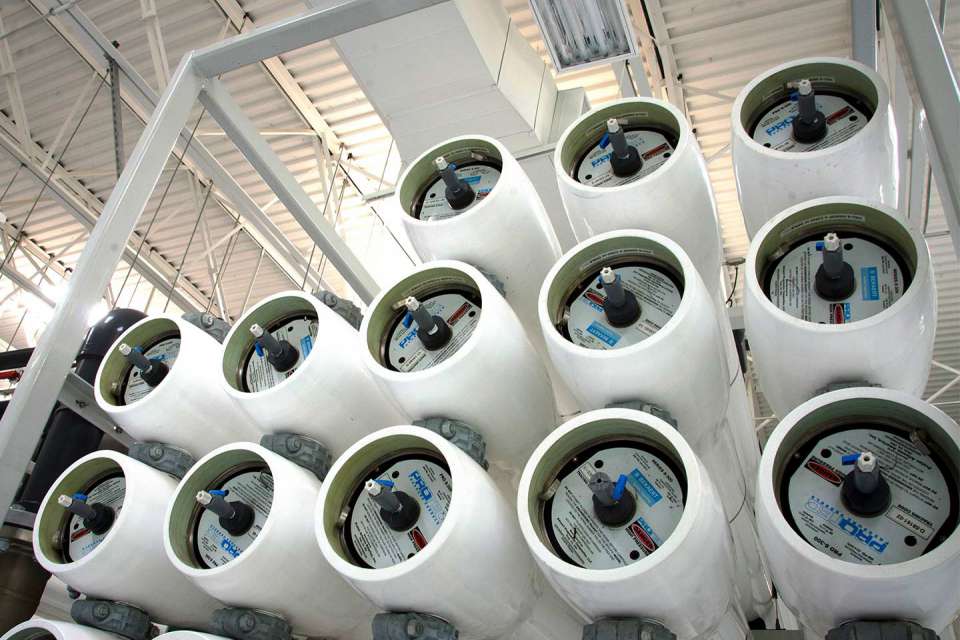



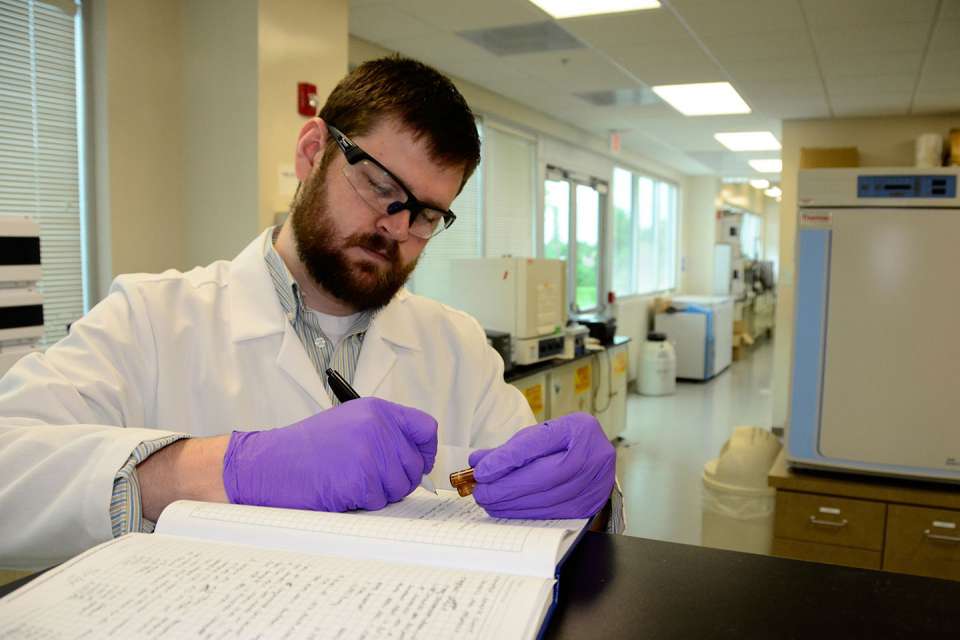
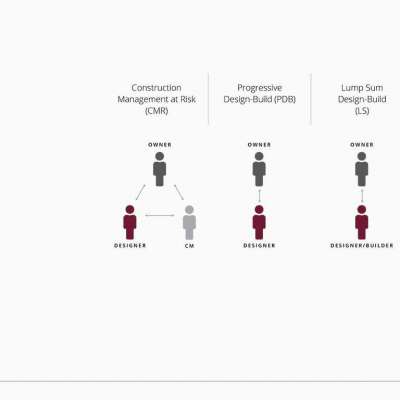
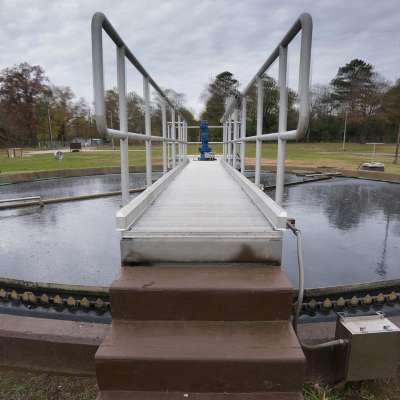





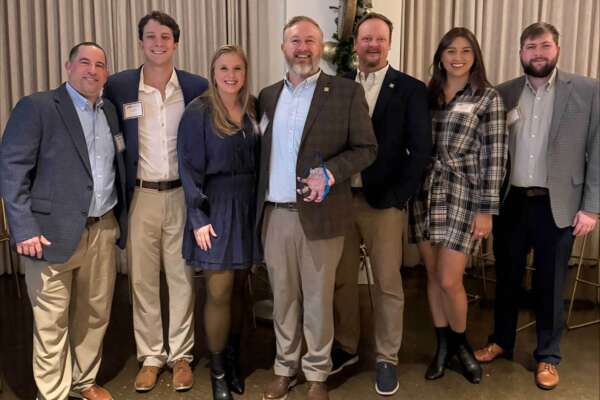


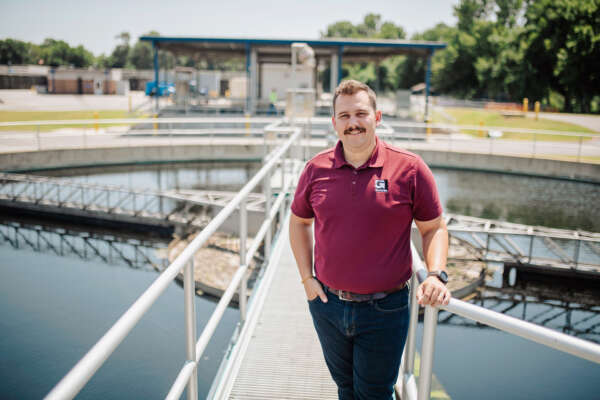


Share this article